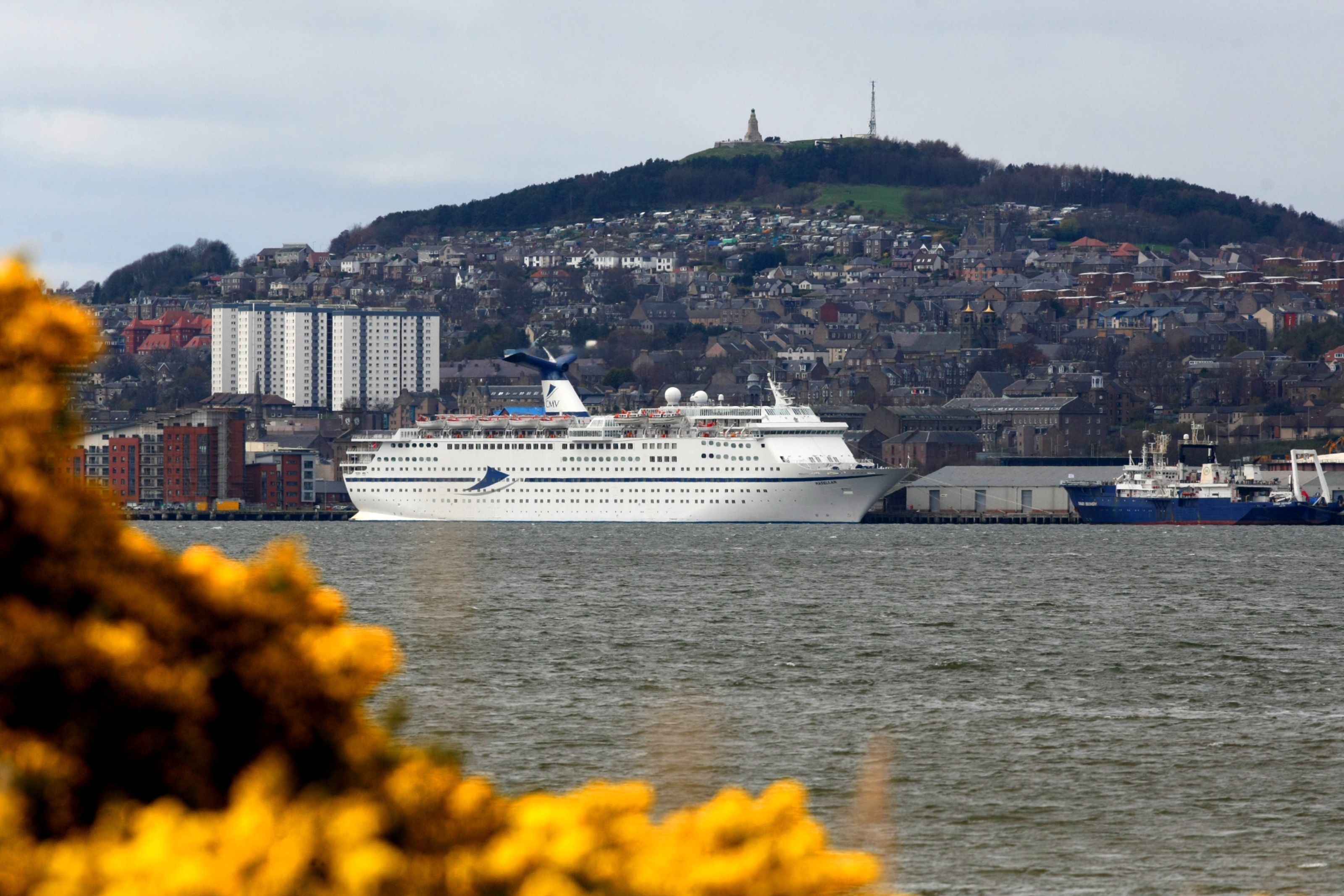My old home town’s ambition to become a tourism destination specialising in cruise liners scares the hell out of me.
Quite how it has come to be judged as a suitable waterfront bedfellow for the essentially cultural ethos of the V&A, should trouble us all.
There again, the V&A has already been compromised even before it opens its doors by baffling decisions to surround it on two sides with an off-the-shelf, flat-pack office block and a fake beach, so you could argue that the precedent of disrespect for great architecture has already been established, the best belittled by the short-term.
Kengo Kuma had reason to believe his building would be treated like the jewel in the crown, but as it turns out, there’s no crown.
When you tip into mix the notoriously vulgar ambience that is the end product of the cruise liner industry, you begin to think not that the left hand doesn’t know what the right hand is doing but that the left hand doesn’t even know there is a right hand.
All over the world right now, waterfront cities that have embraced the cruise liner trade in a big way – up to and including Venice – are voicing their regrets and devising ever-more-stringent means of trying to limit their impact. At which point, it seems that Dundee has decided to open its arms in welcome. Everyone’s out of step but us.
If you have never seen at first hand what the newly disgorged human contents of a cruise liner looks like in a compact waterfront town centre, think plagues of locusts, or ants on a pinewood anthill, or wildebeest migrations, or Scone last Sunday…hmm, interesting analogy, the Noel Gallagher of the tourist industry.
I was reading something at the weekend about the impact cruise liners are having on whales in the waters around Greece. Among the lengthy list of well-known threats to the world’s whale populations, concentrations of cruise liners have introduced a new one of their own – collisions with whales.
When a cruise liner doing twenty knots hits a whale, the only possible outcome is the singularly painful death of the whale. The whales most at risk off Greece are sperm whales. Here, it could be humpbacks, or the Tay’s famous population of dolphins.
You would think that Dundee, with its long history of not treating whales very well, and its symbolic Tay Whale skeleton in the McManus, should be the last place to encourage cruise liners into UK waters, but we’re doing it anyway.
A British marine mammal scientist commenting on the Greek situation said:
“There are times when whales have been caught in the bow of a ship with half a tail ripped off. Sometimes you get a body that shows no external wounds but the bones have been crushed. In all cases, it’s a very horrible way to die.”
It seems to me that Dundee has started to appear on several must-visit lists of tourism destinations, it has also started to believe its own publicity, and is trying to hit too many targets to make the maximum amount of money in the shortest time.
The V&A is a phenomenon, and persuading it to establish a northern outpost in the city is a remarkable achievement by any standards. The opportunities to create lasting cultural spin-offs from its very presence could well prove to be more or less endless. Anything at all that threatens to devalue that presence or even tarnish it should be resisted vigorously. The inevitably short-term cruise liner business is very much in that category.
The city should begin now to rethink its approach to the V&A’s setting, so that it removes everything that could possibly obstruct or devalue what is a work of architecture out of the top drawer. The office block and the fake beach are simply awful ideas.
The V&A should have a simple garden setting that enhances appreciation of the building. With a building this good, it should be the first and only commandment in any consideration of its landscape setting.
Space honours such a building. Office blocks, fake beaches and the grotesque consequences of cruise liners will demean it.
When Charles McKean and David Walker wrote a new edition of “Dundee – An Illustrated Architectural Guide” twenty-five years ago now, the book’s introduction ended thus:
“Dundee’s sense of self has been retrieved.
“Yet what is that self? Still difficult to characterise, still largely anti-corporate and still only too frequently favouring the short-term over the best…It is rather like Dr Who: each generation seems utterly different, but remains at heart remarkably constant. Given the finest seafront in Scotland, its temperate weather, strong character and engaging history, the question is what will Dundee transform itself into next.”
The choice before Dundee right now is exactly the one Charles McKean identified right there – short term, or the best.
